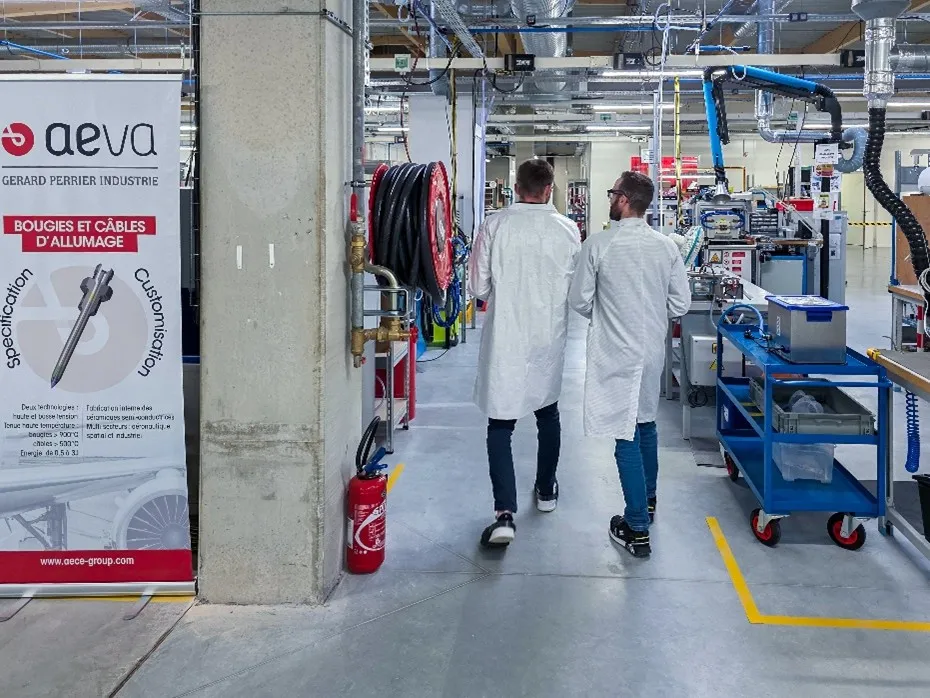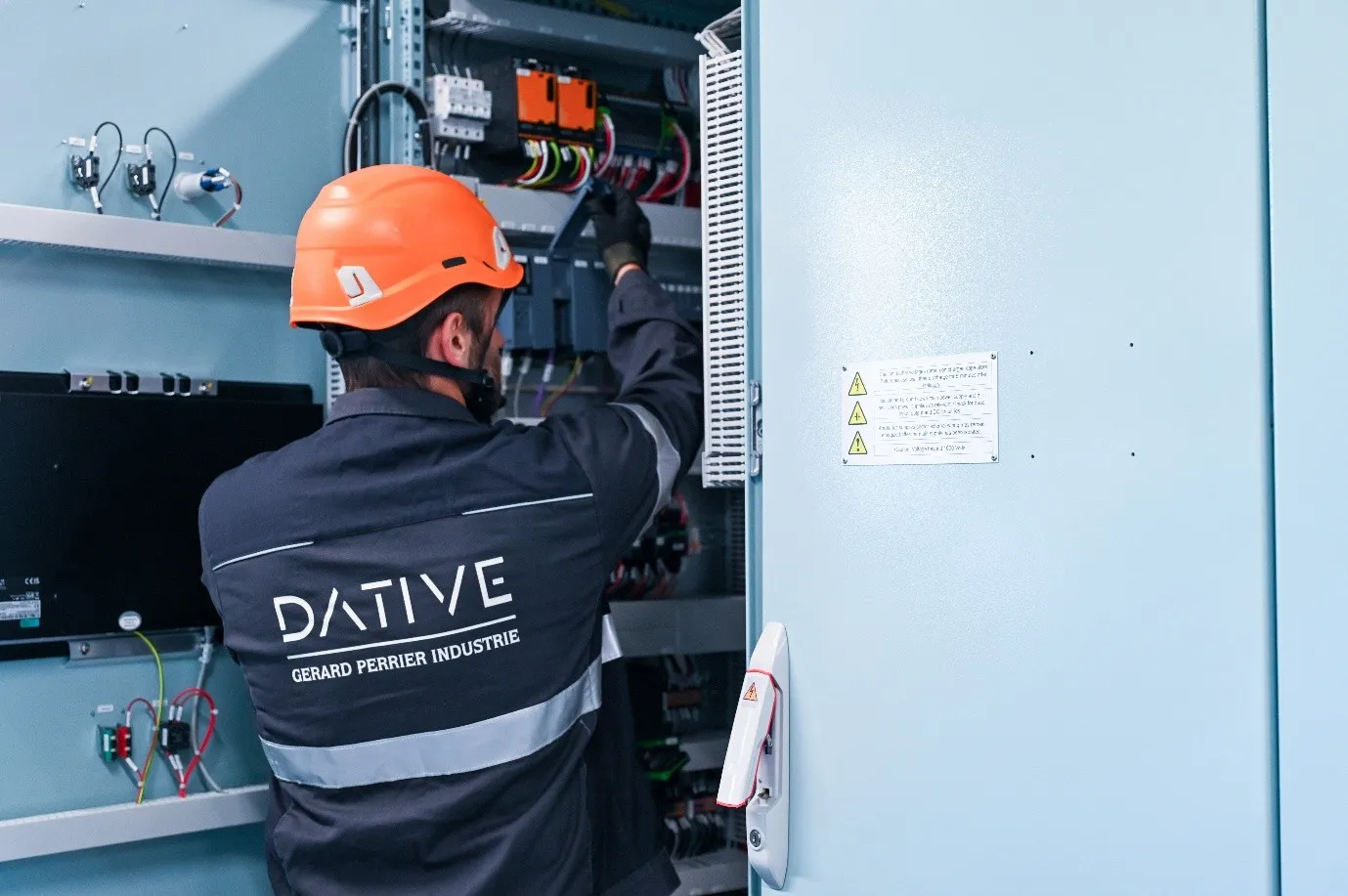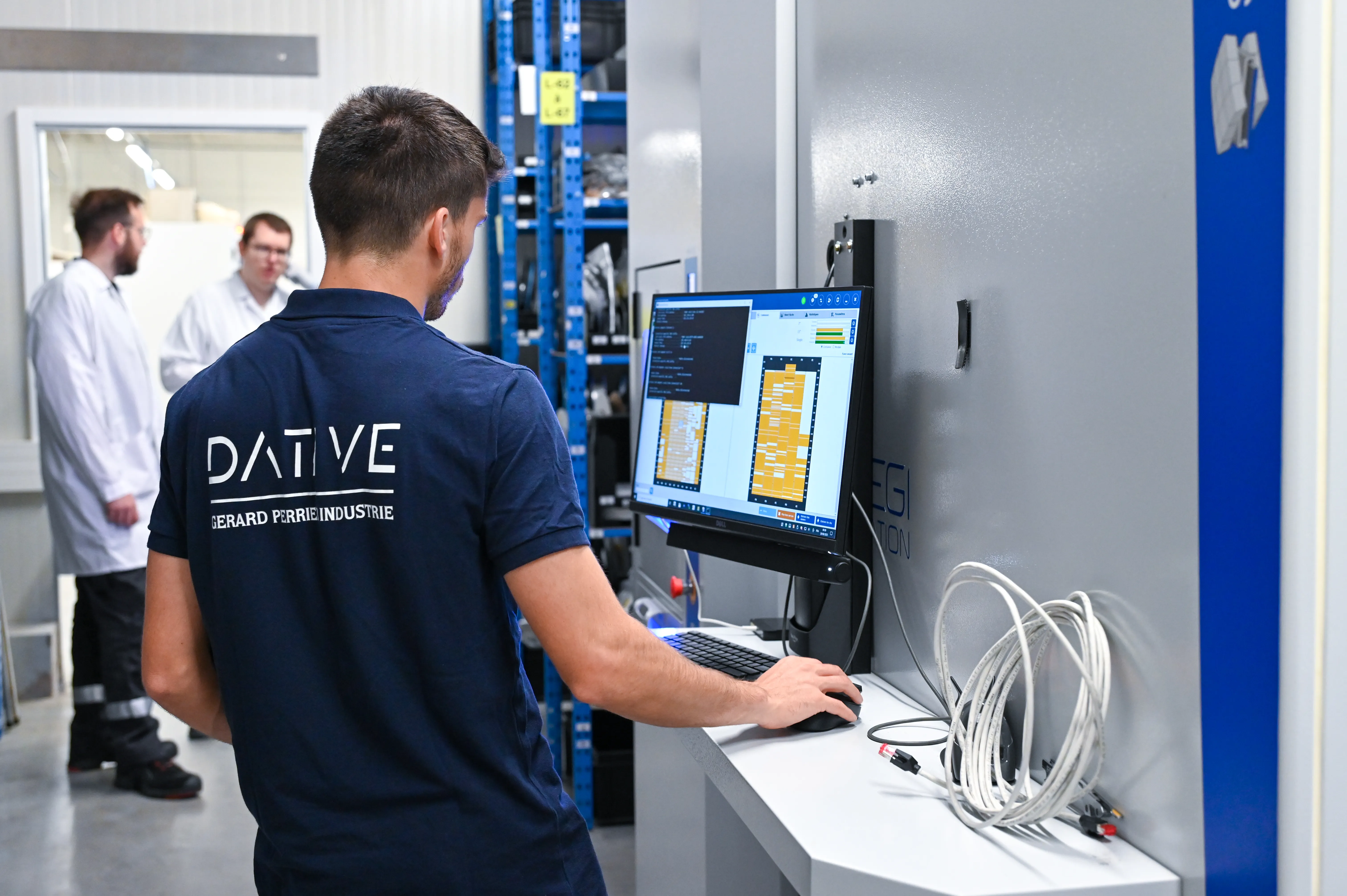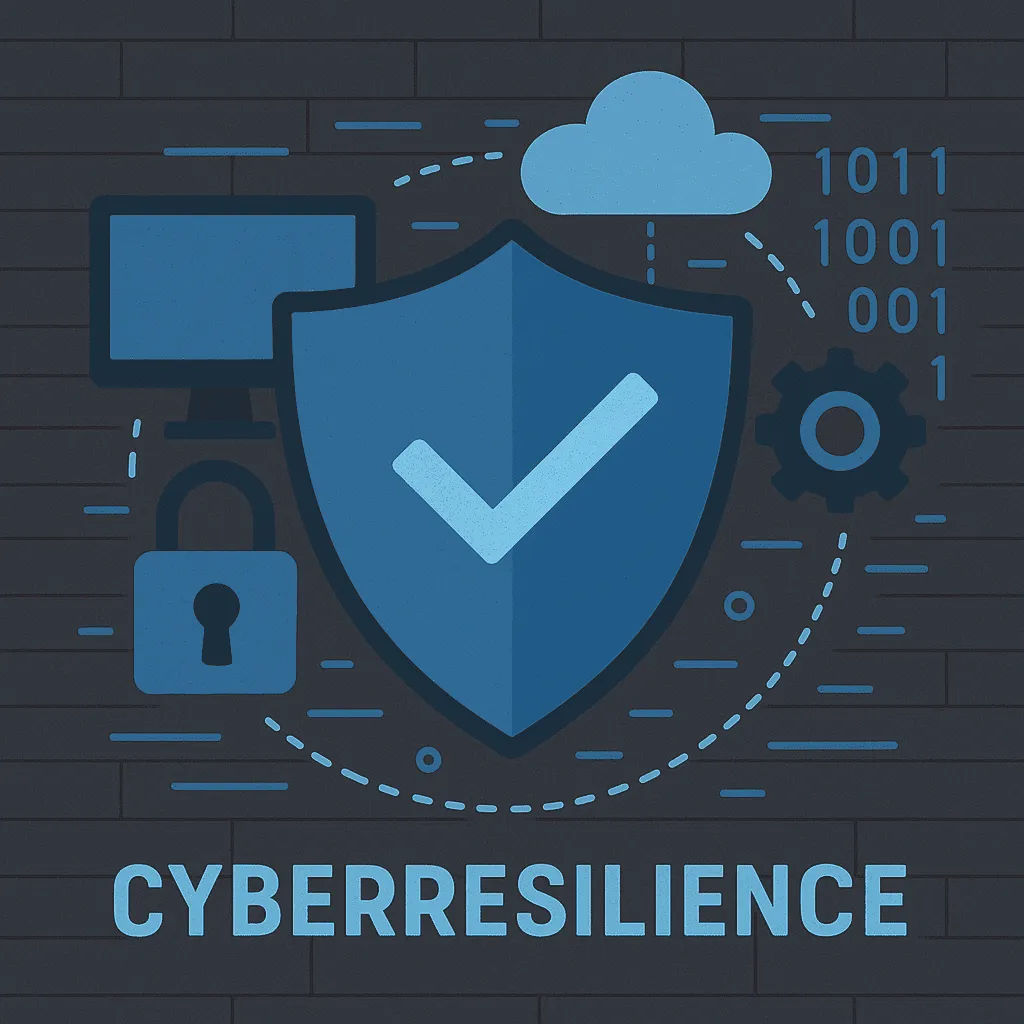
7 Techniques and Strategies to Adopt in Industrial Cybersecurity
Industrial cybersecurity has become a major strategic issue today. The rise of IIoT is multiplying the number of connected devices in your industrial environments. At the same time, IT/OT convergence is blurring the boundaries between office and industrial systems. Many devices, often obsolete, remain difficult to secure effectively. As a result, the attack surface of your production environments keeps expanding. Cyber threats are no longer limited to your office systems. They now target your production lines and critical infrastructures as well. Business continuity is directly at risk. A successful attack can halt your production and cause major financial losses for your company. It can also endanger the safety of your production teams, particularly your operators. Your reputation may be damaged, especially in the event of negative media coverage following an attack. In some cases, even national security is at stake, particularly if you are among the operators of vital importance (food, water, energy, …). Faced with these risks, adopting a proactive posture is essential for the sustainability and sovereignty of your industry. This approach protects industrial assets and reduces operational risks. It also ensures the resilience of systems against attacks. This article presents seven key strategies to sustainably strengthen industrial cybersecurity.
Why Strengthen the Defense of Industrial Processes
An Increasingly Exposed OT Attack Surface
Your industrial systems (OT) are now facing a much larger attack surface than ten years ago. Several factors explain this evolution:
- The rise of IIoT: smart sensors, programmable logic controllers, communication gateways, connected SCADA systems… each of these devices becomes a potential entry point for an attacker.
- The multiplication of remote connections: whether for predictive maintenance, supervision, or remote control, these accesses are sensitive vectors, often exploited by cybercriminals.
- IT/OT convergence: by eliminating the historical separation between office networks (IT) and industrial environments (OT), production systems now inherit the same threats as traditional IT systems (ransomware, phishing, vulnerability exploitation).
- Technological obsolescence: many industrial devices, sometimes in service for 20 or 30 years, were not designed with cybersecurity in mind. Unpatched and difficult to update, they retain known and exploitable vulnerabilities.
For example, the attack on the Oldsmar water treatment plant in 2021 illustrates this perfectly: a poorly secured remote access allowed a cyber attacker to penetrate the system. They were able to modify the chemical parameters of the drinking water. The consequences could have been dramatic for the population.
Critical infrastructures, prime targets for cyber threats
Critical infrastructures such as energy, water, transportation, chemicals, or healthcare are major targets. They attract both cybercriminals and state actors. These sectors are strategic for any modern nation. Their disruption has direct repercussions on daily life. It also impacts public safety and the national economy.
Attackers' motivations are multiple:
- Sabotage aimed at disrupting your production or causing accidents.
- Extortion through ransomware blocking your vital systems.
- Industrial espionage to steal sensitive data or manufacturing secrets.
- Geopolitical destabilization, where cyberattacks become a tool of hybrid warfare.
Among the most feared threats are APT groups, supported by states. They conduct discreet, targeted, and prolonged attacks. Their goal is to establish a long-term presence in systems: they seek to exfiltrate sensitive data or prepare future sabotage.

Historically Vulnerable Industrial Systems
Industrial control systems were not designed to withstand cyber threats. Industrial protocols such as Modbus, DNP3, or OPC date back to before the cybersecurity era. They therefore have no native security mechanisms: no authentication, no encryption, and no data integrity.
OT equipment has exceptional longevity. PLCs, sensors, and SCADA systems sometimes operate for 30 or 40 years. Their design does not follow modern cybersecurity standards. They remain vulnerable to current threats.
The initial lack of segmentation between IT and OT networks has facilitated the spread of attacks. In addition, updates often require shutting down production. Operators therefore prefer to delay or even ignore patches. These delays keep critical vulnerabilities active for years.
The Consequences of an Industrial Attack
A successful attack on an industrial system can have consequences far beyond the digital sphere. Potential impacts include:
- The complete shutdown of production, leading to massive financial losses.
- The physical destruction of equipment, sometimes costly and time-consuming to replace.
- Human risks for operators and technicians (accidents, exposure to chemicals).
- The loss of sensitive data on industrial processes and trade secrets.
- Long-lasting damage to the company’s reputation with its customers and partners.
- Severe regulatory penalties, particularly in sectors subject to the European NIS2 directive or obligations of operators of vital importance (OIV).
Defense Techniques in Industrial Cybersecurity
IT/OT Network Segmentation
At DATIVE, we implement network segmentation tailored to your IT and OT environments. This segmentation forms the foundation of a robust security architecture and limits the spread of threats. We apply the recommendations of the ISA/IEC 62443 standard, which defines clear and structured security zones.
In practice, we deploy industrial firewalls and DMZs to isolate your critical systems. We also configure flow controls to allow only the exchanges necessary for your industrial operations. This greatly reduces intrusion risks and improves the overall resilience of your facilities.
Intrusion Detection Systems (IDS/IPS)
We integrate IDS and IPS to ensure continuous monitoring of your OT networks. These systems allow the detection of any suspicious activity in real time. Thanks to specialized probes for industrial protocols, we provide you with complete visibility over your environments.
We connect these tools to your SOC or a SIEM platform to ensure a rapid and coordinated response in the event of an incident. The goal is simple: reduce detection time and limit operational impacts on your production.
Authentication and Access/User Management
Identity and access management is a cornerstone of our interventions. At DATIVE, we secure every connection to your PLCs, SCADA, and engineering workstations. We prioritize multi-factor authentication (MFA) to strengthen the security of sensitive access.
We help you strictly control privileged accounts and log all actions on your critical systems. This way, you benefit from complete traceability and reliable monitoring, making investigations easier in the event of an incident.
Industrial IoT Equipment Security
Industrial connected devices are prime targets. For your environments, we implement a tailored protection methodology:
- Regular firmware updates with security patches,
- Disabling unnecessary services to reduce the attack surface,
- Systematic encryption of communications and use of trusted certificates,
- Active monitoring of known vulnerabilities in hardware and software components.
This way, we help you secure your industrial IoT devices and anticipate risks before they become critical.
DATIVE helps you secure your IoT devices. Request an audit
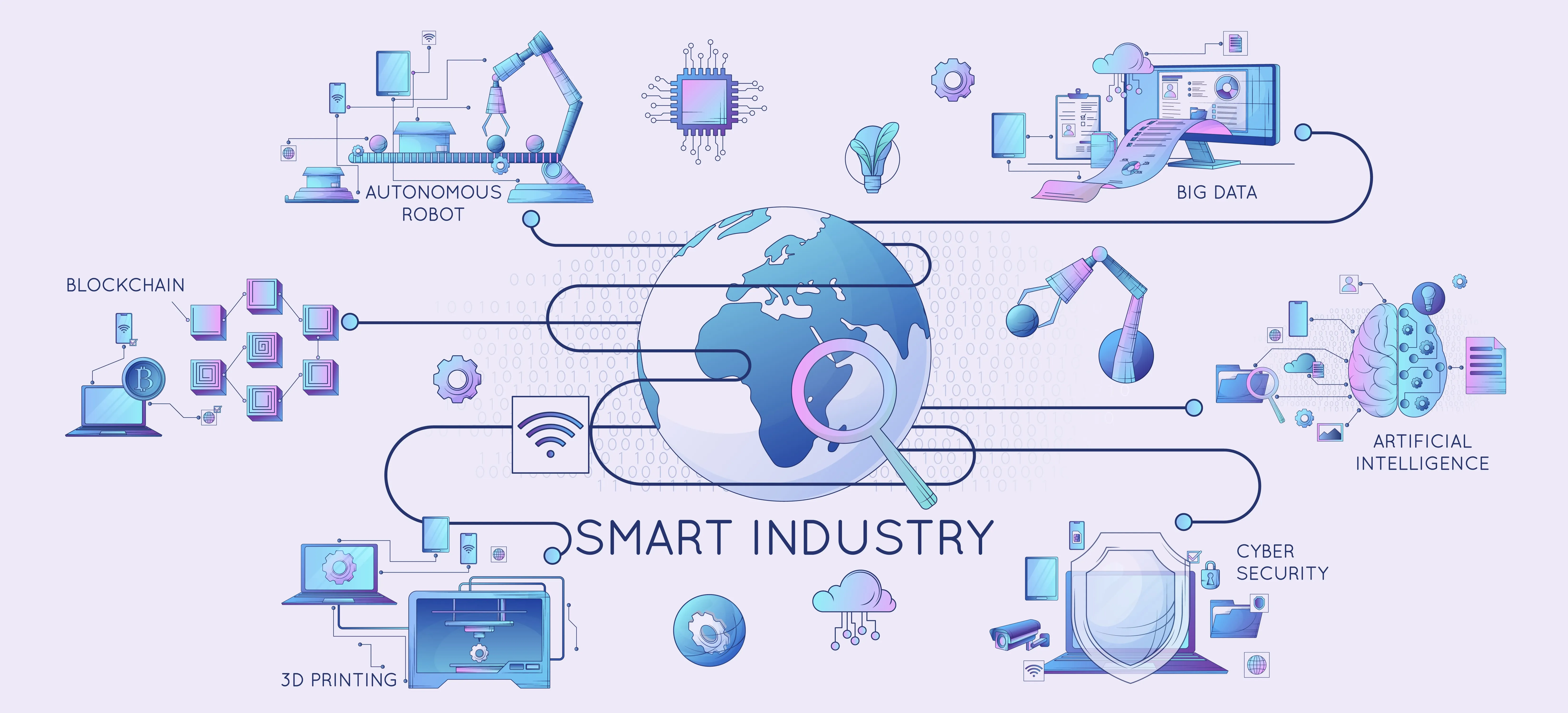
Industrial Cybersecurity Protection Strategies
Defense in Depth
Defense in Depth is based on a simple principle: never rely on a single barrier. The objective is to multiply protection layers, both complementary and redundant. These barriers help slow down, detect, and contain an intrusion attempt. Even if one layer is compromised, the overall security of your process/system remains ensured.
This approach combines physical, technical, and organizational measures, including:
- A security policy specific to ICS/SCADA environments, adapted to availability constraints.
- Physical access controls (badges, biometrics, video surveillance, restricted access areas).
- Network segmentation and the use of industrial firewalls.
- Intrusion detection systems (IDS/IPS) to identify suspicious behaviors.
- Enhanced protection of workstations and critical applications.
- Regular backups, tested and isolated from the main network.
- Clear incident response procedures, regularly updated and tested through exercises.
By multiplying obstacles, this approach slows down an attacker’s progression. It also limits the operational impact of an incident. Your security teams thus gain valuable time to detect the intrusion. They can then quickly trigger the appropriate countermeasures.
The Zero Trust Model
The Zero Trust model is perfectly suited to hybrid and interconnected industrial environments. Its principle is clear: never grant trust by default.
Each user, device, or application must be authenticated before accessing a resource. Authorization must be continuously verified to strengthen security. The principle of least privilege is strictly applied. This greatly reduces the lateral movements of an attacker who has compromised an access point.
In practice, Zero Trust relies on:
- Granular identity and access management (IAM),
- Multi-factor authentication (MFA) for sensitive access,
- Continuous compliance checks of connected devices,
- Real-time monitoring to detect any abnormal behavior.
Resilience and Continuity Plans
Despite all protective measures, no system is infallible. It is therefore essential to plan for:
- Disaster Recovery Plans (DRP) and Business Continuity Plans (BCP),
- Regular backups, tested and stored offline,
- Regular training of teams on emergency procedures,
- Incident simulation exercises to assess and improve response.
A resilient organization is able to limit the impacts of an incident and restart quickly, even in degraded mode.
Need help strengthening your resilience against OT attacks? Contact us

Strengthen Your Industrial Cybersecurity Posture with DATIVE
Audit, Mapping, Compliance
A clear diagnosis is the first step toward effective cybersecurity. To achieve this, we support you in:
- Identifying your critical industrial assets: precise inventory of systems, PLCs, sensors, engineering workstations, and SCADA servers.
- Mapping your flows and interconnections: analysis of communications between IT and OT networks, detection of dependencies and exposure points.
- Verifying your compliance with standards: alignment with key industrial cybersecurity frameworks (IEC 62443, NIS2, ISO 27001, ANSSI).
- Prioritizing corrective actions to be implemented by us or your IT department: definition of a pragmatic roadmap, adapted to operational and budgetary constraints.
Integration of Industrial Cybersecurity Solutions Tailored to Your Company and Processes
Beyond consulting, DATIVE supports the technical implementation:
- IT/OT segmentation and isolation via industrial firewalls and DMZs.
- Deployment of OT detection and monitoring solutions (IDS/IPS).
- Securing remote access with MFA, bastions, and privileged account management.
- Protecting IIoT devices through update policies, hardening, and encrypted communications.
- Backups and DRP/BCP to ensure resilience and business continuity in case of an incident.
Training and Awareness for Your Teams
Technology alone is not enough without human vigilance. DATIVE offers:
- Raising operators’ awareness of good cybersecurity practices (phishing, access usage, emergency procedures).
- Technical training for OT and IT teams on threats, vulnerabilities, and best defense practices in industrial environments.
Conclusion
Strengthening industrial cybersecurity is not just about deploying technical tools. It is above all about building a comprehensive strategy. This strategy combines auditing, segmentation, monitoring, and access management. It also integrates defense in depth, Zero Trust, and disaster recovery planning.
At DATIVE, we support industrial players at every stage of this journey. This ranges from mapping critical assets to integrating protection solutions. We also provide team training. Our goal is clear: to build a robust and resilient security posture, adapted to the operational realities of your OT environments.
In the face of increasingly sophisticated threats, anticipation becomes crucial. Rapid detection and response also make the difference. With a pragmatic approach and dedicated expertise, DATIVE supports you effectively. We transform cybersecurity into a lever of trust and operational continuity.


